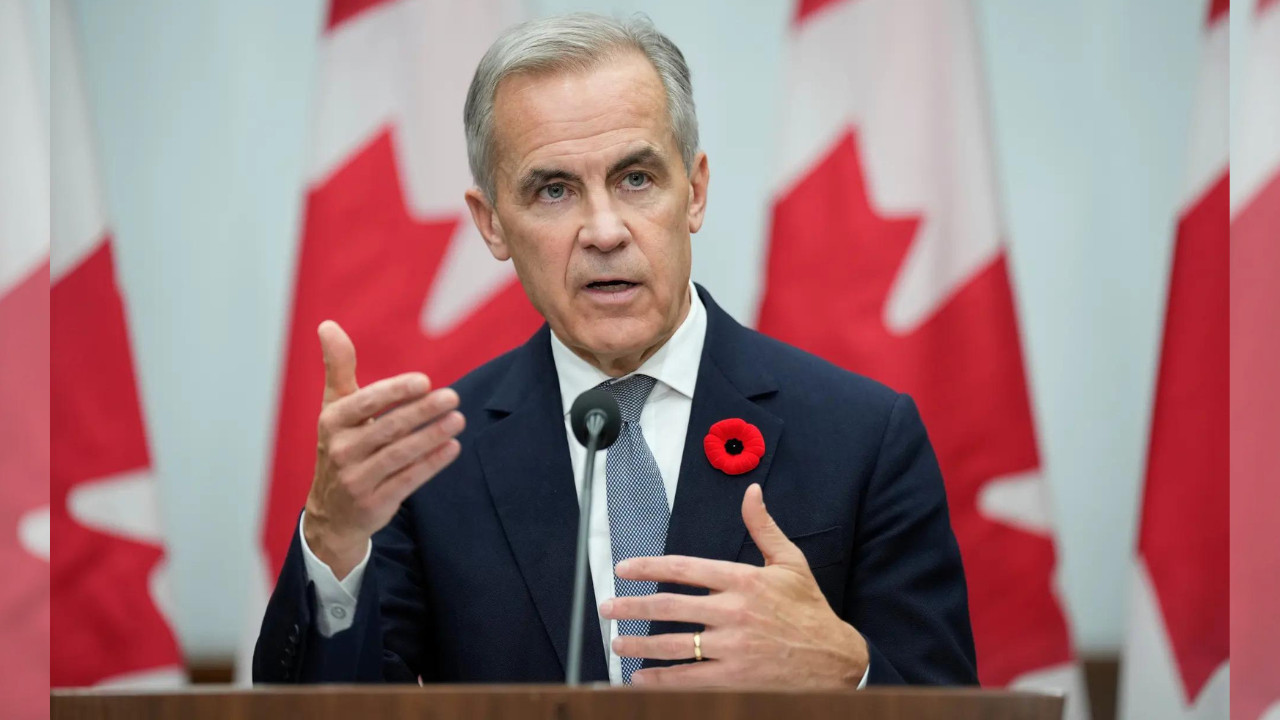A new 40% US trans-shipment tariff is set to create significant compliance hurdles for Indian and Asean firms, particularly in electronics and machinery. Moody’s warns of potential supply chain disruptions and increased operational costs if the US adopts a broad interpretation, impacting countries like Vietnam, Malaysia, and Thailand.
The Ripple Effect: Will Trump’s Proposed Tariffs Snag India and ASEAN?
Donald Trump’s suggestion of slapping a 40% tariff on goods transshipped through the U.S. has sent shivers down the spines of businesses worldwide, especially those operating within ASEAN (Association of Southeast Asian Nations) and India. This isn’t just a potential blow to China, the intended target; it’s a tremor that could destabilize complex global supply chains, with India feeling the aftershocks.
The proposed tariff, intended to discourage Chinese goods from circumventing existing levies by passing through other countries, threatens to create a tangled web of unintended consequences. Imagine a scenario where a component manufactured in China is assembled in Vietnam and then shipped to the U.S. Under Trump’s proposal, that final product could face a hefty 40% tax, effectively nullifying the cost advantages of moving production.
Decoding the Trans-shipment Tariff Threat
But why should India be worried? The answer lies in the intricate dance of global trade. Many Indian companies are deeply integrated into ASEAN supply chains, supplying raw materials, components, or finished goods to manufacturers who then export to the U.S. A sudden tariff hike could disrupt this flow, making Indian exports less competitive and potentially choking off a vital source of revenue.
Think of it as a game of dominoes. The initial push (the tariff) hits China, but the subsequent fall affects neighboring countries like Vietnam, Thailand, and ultimately, India. These nations have increasingly become alternative production hubs, offering lower labor costs and a more diversified manufacturing base. The trans-shipment tariff could throw a wrench into these carefully constructed strategies, forcing companies to rethink their sourcing and production decisions.
India’s Exposure: A Closer Look
The extent of India’s vulnerability hinges on several factors, including the specific goods targeted, the degree of integration into ASEAN supply chains, and the ability of Indian companies to adapt. Sectors like textiles, electronics, and automotive components, where India has a strong presence in the ASEAN market, could be particularly susceptible. If these sectors rely heavily on trans-shipment through the U.S., they could face significant headwinds.

Moody’s has already flagged these risks, emphasizing the potential for widespread disruption. They suggest that companies heavily reliant on the US market and integrated into affected supply chains would feel the most pain. The challenge for Indian businesses is to proactively assess their exposure and explore strategies to mitigate the impact. This could involve diversifying export markets, strengthening domestic production capabilities, or negotiating alternative trade arrangements. You might find our article on navigating global trade complexities helpful.
Beyond the Bottom Line: Broader Economic Implications
The implications extend beyond individual companies. A slowdown in exports could impact India’s overall economic growth, potentially leading to job losses and reduced investment. The tariff could also exacerbate inflationary pressures by making imported goods more expensive. Moreover, it could undermine efforts to promote regional integration and cooperation, potentially straining relationships with key trading partners.
The situation highlights the inherent risks of protectionist trade policies. While the intent may be to protect domestic industries, the unintended consequences can be far-reaching and damaging to the global economy. In an increasingly interconnected world, trade barriers can trigger a chain reaction, impacting countries and industries that are seemingly unrelated to the initial target.
Navigating the Uncertainty: A Call for Proactive Measures
The future remains uncertain, but one thing is clear: Indian businesses need to prepare for the possibility of increased trade tensions. This requires a proactive approach, involving careful risk assessment, strategic planning, and a willingness to adapt to a changing global landscape. The government, too, has a crucial role to play in supporting businesses by negotiating favorable trade deals, investing in infrastructure, and creating a more conducive environment for exports.
The proposed tariff serves as a stark reminder of the fragility of global supply chains and the potential for unforeseen disruptions. It underscores the importance of diversification, resilience, and a collaborative approach to trade. Whether or not the tariff is ultimately implemented, the threat alone has served as a wake-up call, urging businesses and policymakers to rethink their strategies and prepare for an uncertain future.







